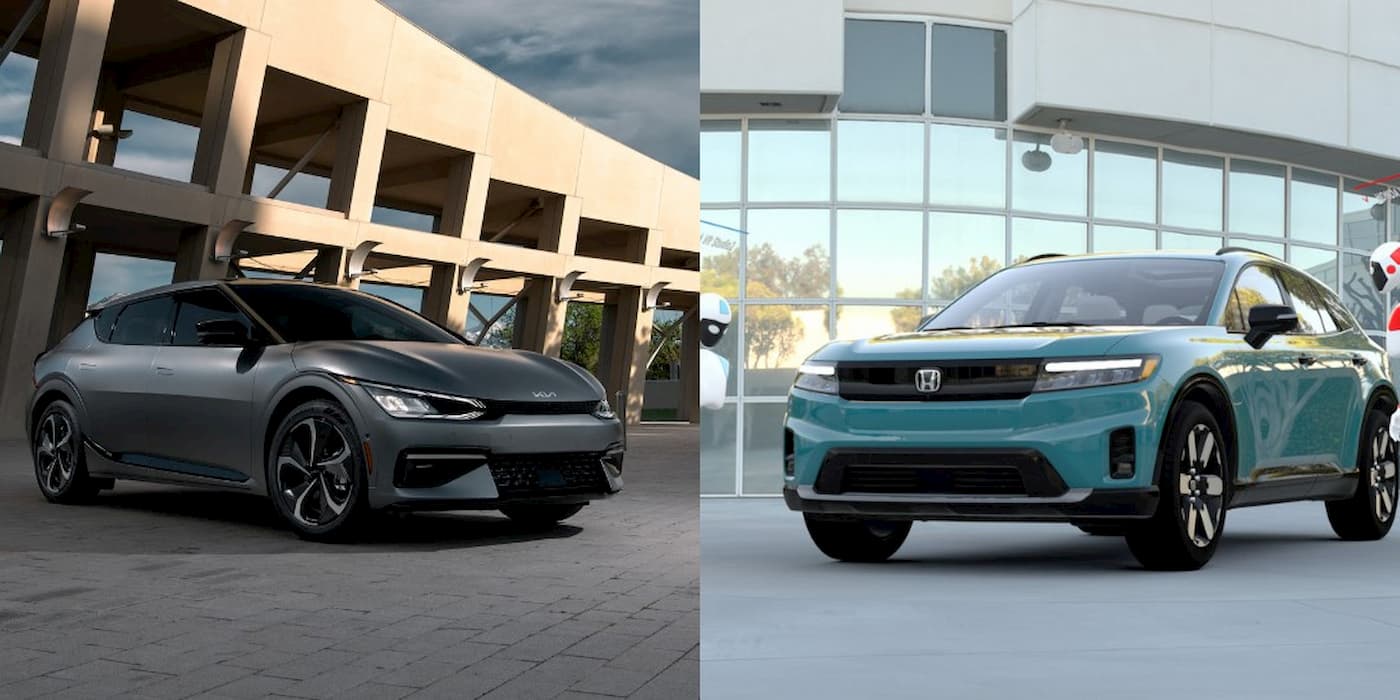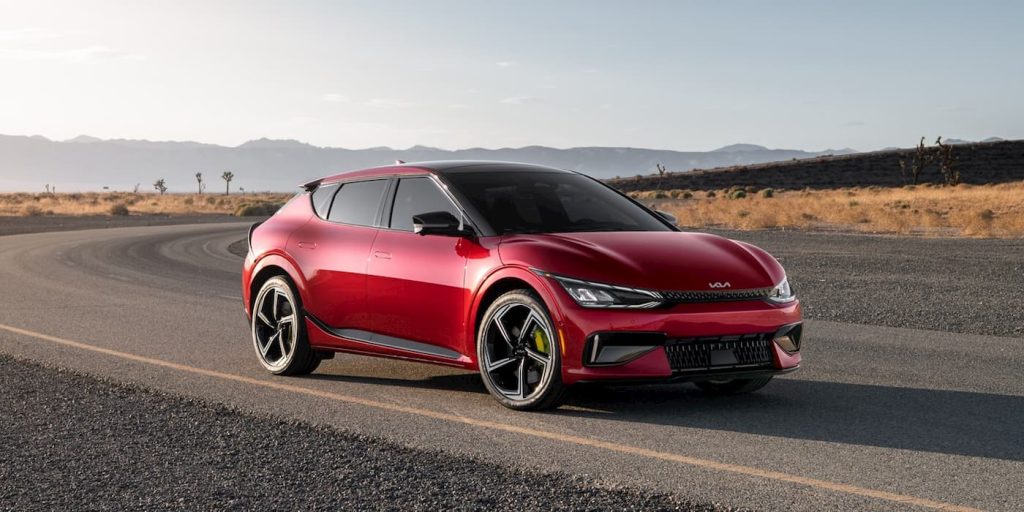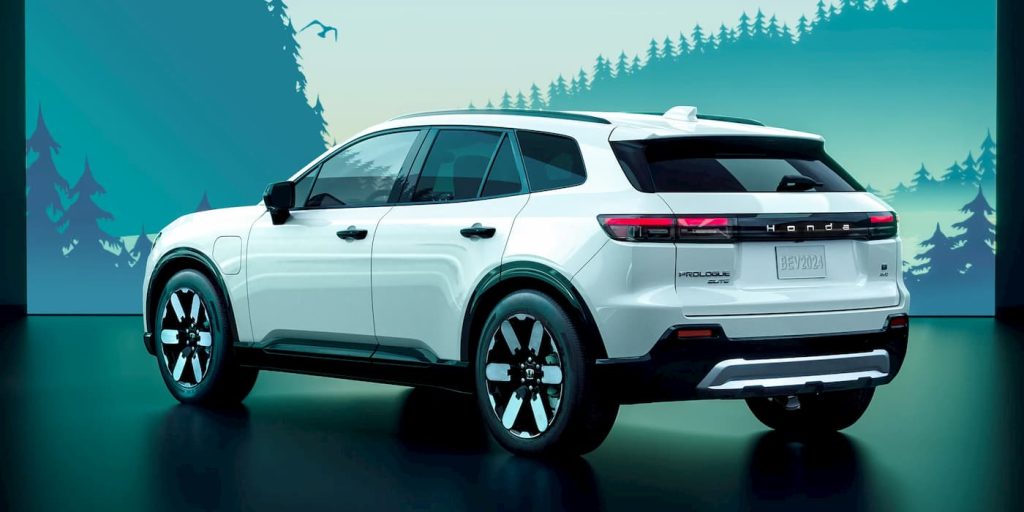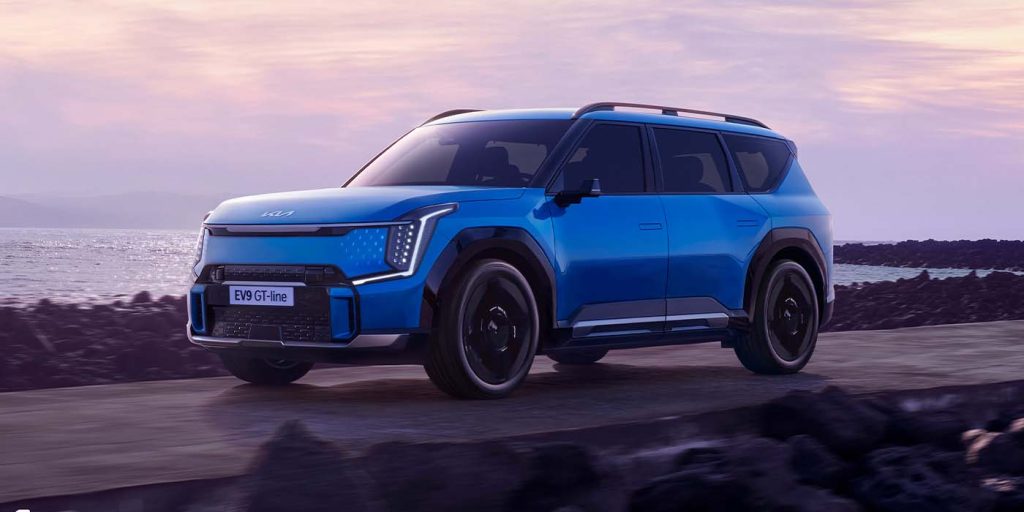Kia and Honda raise EV production targets


Two legacy automakers, Kia and Honda, both revealed new electric vehicle targets as the market for zero-emission EVs continues growing at a record pace globally.
According to recent data, electric vehicle sales grew by 60% last year, with one in every passenger car bought being an EV.
Although around 14% of total auto sales may not seem like much, compared to just one in 70 (1.4%) cars sold being an EV in 2017, it’s a considerable difference. Most major auto markets are transitioning to sustainable transportation, with one in four cars being an EV in China, one in five in the European Union, and nearly one in ten in the US.
As EV pioneers like Tesla continue expanding at a historic rate, delivering 422,875 vehicles in the first quarter alone, legacy automakers are playing catch up.
Over the past year or so, as EV sales climb to new levels, many automakers have adjusted their sales goals, seeing the direction that the industry is headed.
Although Honda and Kia are in two different situations relating to electrifying their lineup, both announced Wednesday they would raise their EV targets to keep pace.


Kia and Honda lift EV production/sales targets
Kia, under the Hyundai Motor Group, revealed it was raising its EV sales goal to 1.6 million by 2030 with a new 24 trillion won ($18 billion) investment earlier this month.
Although it’s 400,000 units higher than its previous target of 1.2 million, Kia is forecasting overall vehicle sales to reach 4.3 million by that time, meaning it would only represent 37% of the pie.
Kia unveiled its first dedicated EV, the EV6 crossover, last May, based on Hyundai’s E-GMP platform, the same used for the IONIQ 5 and IONIQ 6 models. The automaker also recently revealed its flagship EV9 SUV, its first seven-seater, and an upcoming smaller EV5 electric SUV.

Hyundai has already said it believes it can be a top three EV producer by 2030 with 31 models across its lineup, including the Kia and Genesis brands.
According to a new report from Bloomberg, Kia is now aiming for EVs to account for 9% of revenue by the end of 2023, up from 5.5% in the first quarter as it works toward its target of selling one million units by 2026.
Separately, Honda revealed plans Wednesday it’s increasing its EV production target to over two million by 2030 with its models, the Honda Prologue and Acura ZDX, due out next year.
Honda is producing its first two EVs in a partnership with General Motors to use its Ultium platform. The Japanese automaker says a mid-to-large size electric model will go on sale in 2025, which will be the first to adopt its new E&E architecture.
According to Honda, it will continue to expand upon its collaboration with GM with affordable EVs going on sale in 2027 as they explore a broad range of core electrification components.
City Dwellers’s Take
Although it’s not fair to compare the two right now, with Kia already having a dedicated EV out and access to Hyundai’s E-GMP platform, they are still two legacy automakers fighting for a position in the new electric era.
With nearly one in five cars sold this year expected to be electric this year, as the auto industry continues trending toward 100% EV, legacy automakers that previously lagged are beginning to act urgently.
Even Toyota, arguably the most prominent critic against going all-in on EVs, admitted it would need to pick up the pace to remain competitive in China, the leading market globally.
We have said for a long time at City Dwellers that EV adoption will take many by surprise, and it will continue to do so.
FTC: We use income earning auto affiliate links. More.